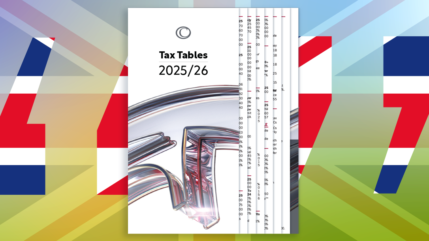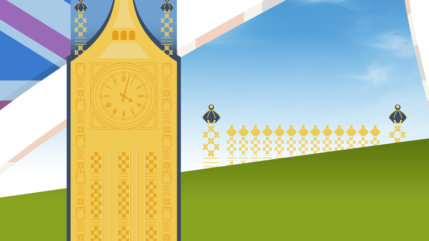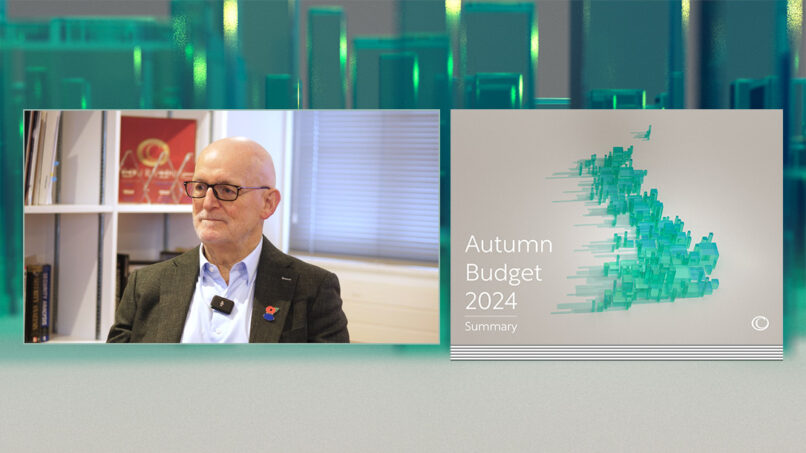A Defined Contribution (DC) pension can take many years to build up, but how many people often consider what will happen to it when they die?
If research by Royal London is anything to go by then far too few. In 2018, the insurer estimated that nearly three-quarters of a million people were at risk of passing their pension to the wrong person at death. The study found that 77,300 people aged between 55 and 64, who had divorced or separated and (re)married by the age of 50, risked their pension savings going to their former partner or spouse simply because of a failure to update the pension provider with their wishes. A similar situation could arise when the beneficiary of a pension dies, or more generally as relationships change through people’s lives.
The key to controlling this type of scenario is an expression of wish form. This is a document that tells the scheme administrator or trustees who you wish your pension benefits to go to when you die. Scheme administrators may be willing to accept a letter as long as it contains all the necessary information.
For the purposes of this article, the term ‘pension’ refers to Defined Contribution (DC) schemes.
By completing an expression of wish form, and just as importantly by keeping the paperwork up to date with any changing wishes, you can vastly improve the chances that your pension benefits will be passed on to the person or persons of your choosing.
By doing this, not only do you reduce the likelihood of potential disputes, but you could also potentially reduce your Inheritance Tax (IHT) bill.
More flexibility
As part of the Pension Freedoms that came into effect in April 2015, you can nominate any number of people to receive your pension benefits, and they can be anyone – they don’t have to be family or dependants. Forms are available via your pension provider, often online.
And provided you have details of the nominees to hand, it shouldn’t take too long. Unlike a will, an expression of wish form shouldn’t cost you anything. An additional reason is that because pensions benefits do not normally form part of a person’s estate, they aren’t covered by their will.
The pension savings could either be what is termed ‘uncrystallised’, where no benefits are being taken, or ‘crystallised’ where it is in a flexi-access drawdown scheme (FAD) at the time of the scheme holder’s death. Alternatively, pension savings that are crystallised could be in what is called capped drawdown. This is a form of drawdown that was available to new applicants before 6 April 2015. However, if you are already in capped drawdown you can continue to use it.
Pension savings held in FAD or in capped drawdown allow the nominated beneficiary or beneficiaries to receive the death benefits in a number of different ways; as a cash lump sum, as an annuity, as income, or a combination of the three. Where money is uncrystallised, i.e. where no income is being taken benefits can also be paid out in these ways.
Your wish is not necessarily their command
Although an expression of wish tells the scheme administrator/trustees who you would like your death benefits to go to, it’s important to understand that the scheme administrator has the final say.
Although a scheme administrator normally pays out in accordance with a member’s wishes, they aren’t compelled to do so.
Particularly where circumstances have changed, the scheme administrator may decide that it is more appropriate that someone else receives the death benefits.
It is for these reasons that financial advisers recommend clients regularly review who they wish their pensions should go to and to keep the paperwork up to date. This is particularly important where there’s a change of circumstances, such as a separation or divorce, or the death of a beneficiary.
One important point. Many people have several pensions, some going back years, so when updating the paperwork for one don’t forget to do the same for any others too. Whether or not consolidating any pensions might be something to think about would be a discussion to have with your personal adviser.
No form is bad form
If you don’t complete an expression of wish form, it will fall on the scheme administrator to determine who should be the beneficiary or beneficiaries of your death benefits. Not only can this take time and make things difficult for the scheme administrator, but it might feel intrusive, with the scheme administrator potentially having to ask for details of the will and/or contact the executors before coming to their decision. Not knowing the wishes of the scheme member increases the chances that the person receiving death benefits is not the person the scheme member would have chosen.
A further complication is that this may limit the scheme administrator’s ability to decide in what form beneficiaries receive death benefits, particularly whether it is as income or as a lump sum, which could have important tax implications for beneficiaries.
There are particular restrictions on scheme administrators or trustees, where a dependant is involved. For example, under the rules, where there is no expression of wish and a dependant of the pension scheme member is alive, only dependants are entitled to receive an income. Who is entitled to receive death benefits and in what form can be complicated. Please contact your financial adviser if you would like further information.
Inheritance Tax
An expression of wish form is important because in most cases it means that pension savings will not be included as part of a person’s estate, and consequently Inheritance Tax (IHT) will not be due. This is because pensions are usually set up under a discretionary trust. When a person completes an expression of wish form, they are giving the scheme administrator the discretion to decide who receives the death benefits and consequently there will not normally be an IHT charge.
Through the generations
There is no limit to the number of times a pension can be passed on after the original pension scheme member’s death, with each new beneficiary able to nominate their own beneficiaries (known as successors) in turn by completing their own expression of wish form. Often, after a spouse receives their partner’s death benefits they nominate the children to be the successors.
Where a pension fund is invested, over time this has the potential to grow into a significant sum. This process can potentially continue through the generations in a very tax efficient way until the pension fund runs out.
It is important to note that when funds pass to a beneficiary, the funds will subsequently go to the person they choose as their successor. Effectively the original pension scheme member loses control.
Retaining control
If you’d like to control who you wish your death benefits to go to, there are ways to do this. One is to convey your wishes to the scheme administrator ‘under direction’ rather than leaving it to their discretion. A word of warning; by removing the discretion of the scheme administrator, it is likely that the pension will fall within your estate, in which case IHT may be due. Watch out for this, as some pension providers offer scheme members the ‘under direction’ option, but without necessarily always explaining the implications.
If retaining control over who receives your death benefits is important, another option is to set up a trust. For any guidance in this area, speak to your financial adviser.
Tax planning
Regularly reviewing who you wish your pension to go to can also be useful in tax planning, allowing pension savings to be passed on in a tax efficient fashion, as outlined earlier, potentially through several generations.
One possible tax planning opportunity arises when a pension scheme member is approaching the age of 75. When a pension scheme member dies before the age of 75, no income tax is payable by the recipients of those benefits, as long as the pension funds are designated within two years of the scheme member’s or subsequent beneficiary’s death. However, when a pension scheme member, beneficiary or successor dies on or after their 75th birthday, the recipient of the benefits will be liable for income tax at their marginal rate.
In the above scenario, it could make sense to change the nominated person to someone whose marginal tax rate is lower.
Additional takeaways
Keep a copy of your expression of wish forms. This could prove helpful in the event of any disputes.
Check whether a pension is an older style scheme. If so, it may not provide the full range of death benefits and be limited to paying out in the form of a lump sum.
If you’re unhappy with a scheme administrator’s decision, you have the right to challenge it through the Financial Ombudsman Service.
You can nominate a charity or charities to receive your death benefits.













